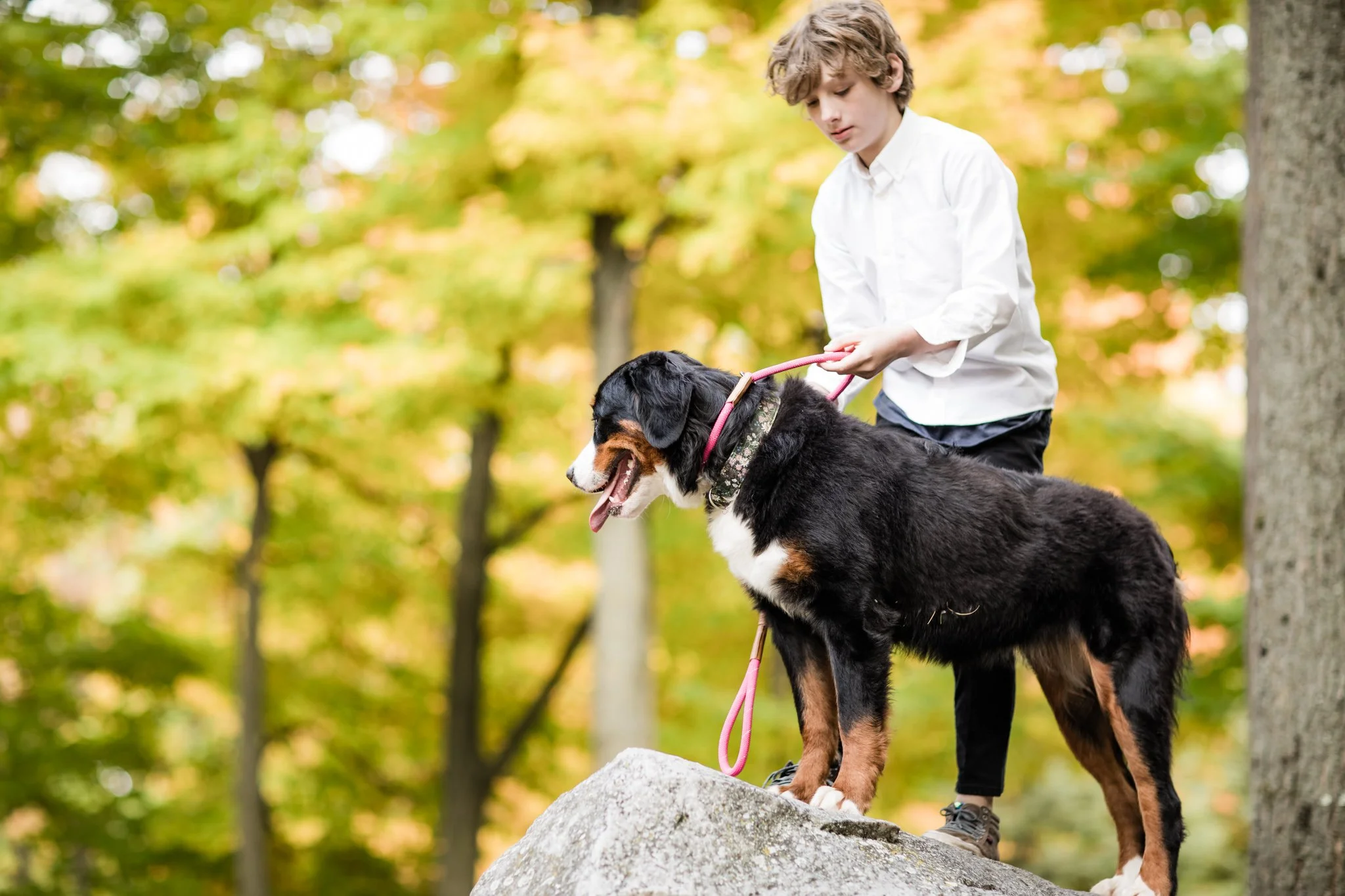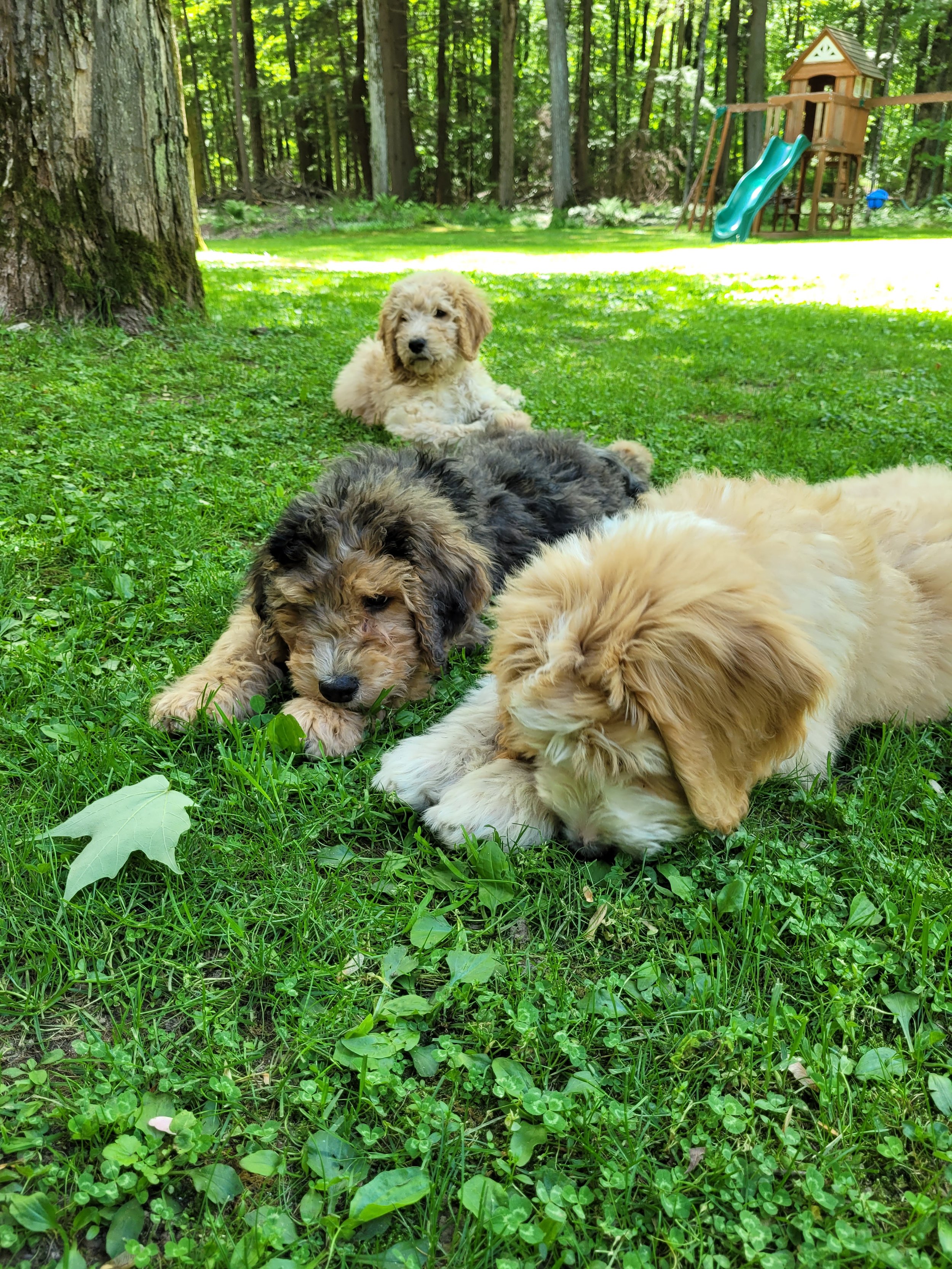Training Your 6 - 20 Week Old Dogs: Important Things To Know
As a fur parent, it is exciting to teach our pets commands and tricks that can help with their character development. Learning an effective dog training routine is vital when they are about 6-20 week old. A proper and well-researched training foundation at such a young age allows them to absorb commands quickly.
When can you start training your puppy?
Puppies can begin training as early as six weeks of age. For some puppies, six weeks may be a little young for them to grasp the idea of training. But, it also depends on the intelligence and willingness-to-please of the individual puppy. Training should start with the most basic and simple commands. If you start with complex instructions, your puppies might get confused following instructions. These commands should also be incorporated with playing with your pup.
The ages of six to eight weeks are especially critical for the puppies' social awareness. It is best that we put them in an environment that would allow them to interact with different people. Doing this allows them to develop a different sort of reaction from various stimuli. It is also best for them to understand and be exposed to different species. This might enhance their sense of self awareness which is key to a proper dog training routine. It is after the eight weeks that the concept of fear began to show up. Introducing the concept of good socialization early on will provide your pets a strong character foundation.
Why train your puppies with ages between 6 weeks to 20 weeks?
A dog whose age is between six (6) weeks to twenty (20) weeks is considered a puppy. They are essentially equivalent to a toddler passing through the preschool period of a child who is 3 to 6 years old. And like the development stages of a toddler, it is the prime year when a puppy should be trained. It is also the best year to get prepared for character development. According to the Center for Disease Control and Prevention, it is when a toddler experiences huge thinking, learning, social, and emotional changes that will help them to explore their new world, and make sense of it. During this period, a toddler should be able to follow two – or three step directions and display a wide array of emotions. During the preschool period, a child continues to explore the things around them even more similar to your puppies. And their interactions with people around them contributes greatly to their personality, ways of thinking and movement.
The same concept of development science can be applied to a puppy whose age ranges between 6 weeks to 20 weeks. During this period, a puppy is in its prime learning age. This is the time when your pets are the most eager and willing to listen. If you wait until your teenage years, or until your pet matures – we all know the challenging times that age can be. If they have not been developed as early as possible, you may have a hard time teaching. Remember the phrase “you can’t teach an old dog a new trick”. There is definitely some truth to it. So, it is important to start your dog training routine while puppies are still on a clean slate.
Dog Training Routines with Positive Reinforcement
To push for effective results, most if not all trainers commonly use positive reinforcement. According to Humanesociety.org, positive reinforcement training is a kind of training that uses a reward (treats, praise, toys, anything the dog finds rewarding) for desired behaviors. Study shows that giving out rewards encourages them to repeat the behavior. You can use positive reinforcement to aid you in shaping or changing your dog’s behavior.
Employing Positive Reinforcement
Imagine you are with your puppy right now, and you want to train him how to sit. First of all, you must also recognize that the steps you will do is a form of training and not just rewarding your puppy for the desired action they unconsciously did on their own. You must be self-aware that you are guiding it to do the desired action for your puppy’s retained learning.
How to train your puppy to “Sit”
Cut tiny high-value treats into fingertip-size nibbles. The type of treat should only be given during training.
Command your puppy to sit; Praise it for doing the desired act.
Once its tail makes contact with the floor, say “stay”. Again, to attach a word to the desired act of “staying”
With the treats you prepared, give a first tidbit of the and feed the first tidbit
Keep offering more—treat-treat-treat-treat—one after another as long as it holds the "sit" position. Make sure that the first few seconds are reasonable time for the simple instruction.
Finally, you need to release your puppy from the “stay” command by uttering a cue word such as “okey”. Again, word attachment is used to signify that the command is completed.
Lastly, praise your puppy for completing the desired behavior and provide a reward that is not often given during training such as a squeaky toy to affirm that the command is interactive and it may now play.
How to train your puppy to “Lay Down”
Now that you have taught your puppy some commands and been rewarded for doing so, it has already developed some sense of awareness to the reward system for doing a desired act. Before starting the training, signify to your puppy the reward it may get from the command you are going to teach.
Command your puppy to sit.
Make sure to place the reward in front of his nose. This may be done with dogs of different sizes. For example, an effective technique for smaller dogs is doing the command while they are on a coffee table. Being on an elevated surface, you can lower the threat just below table level. With this, you are luring him to walk his front legs forward until its body is in a completely down position. Just make sure that his nose is still in contact with your fingers and treat, all the way down.
Once completed, you can give him the treat and praise it for completing the desired action.
These are just core commands that would be a foundation for more formal training later in the dog training routing of your pet.
Attention Span – a challenge you can expect during dog training routine
Puppies have a short attention span. And it is true whatever breed or size it may be. Puppy’s during this period still have a short attention span. But consistency is key and having a dog training routine would greatly contribute to the puppy’s retention of tricks and commands that it is thought of.
You would also like to practice in moderation. Generally, it is a good timeframe to train in short sessions for a maximum of 10 minutes which must be spread during the entire day. But you can always extend this depending on the level of willingness of your puppy. As they would say, pound the iron while it's hot. So do the training while your dog is still eager to learn but be cautious if the training is already dreading or tiresome for your dog.
Puppies have very short attention spans, much like human children. Be patient and allow a few minutes everyday for each skill. It is important not to overwhelm your dogs with different commands. Patience and understanding is key to training very young puppies. Low expectations help too. Do not set too much or too high on the onset of training so you won't get too tired or frustrated. If you still find it challenging to train your dogs, we are always happy to help out. Check out Stokeshire Doodle School Training Program for your training requirements.




